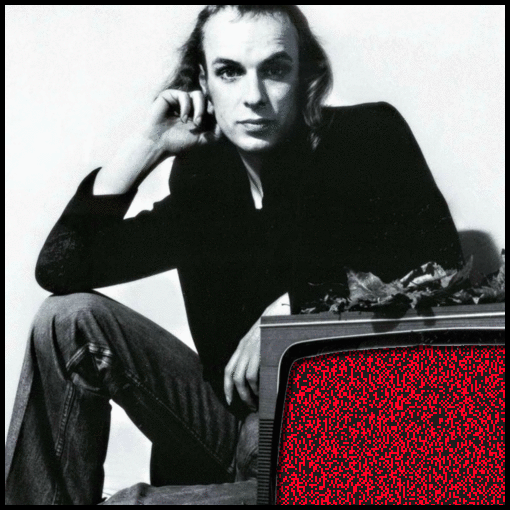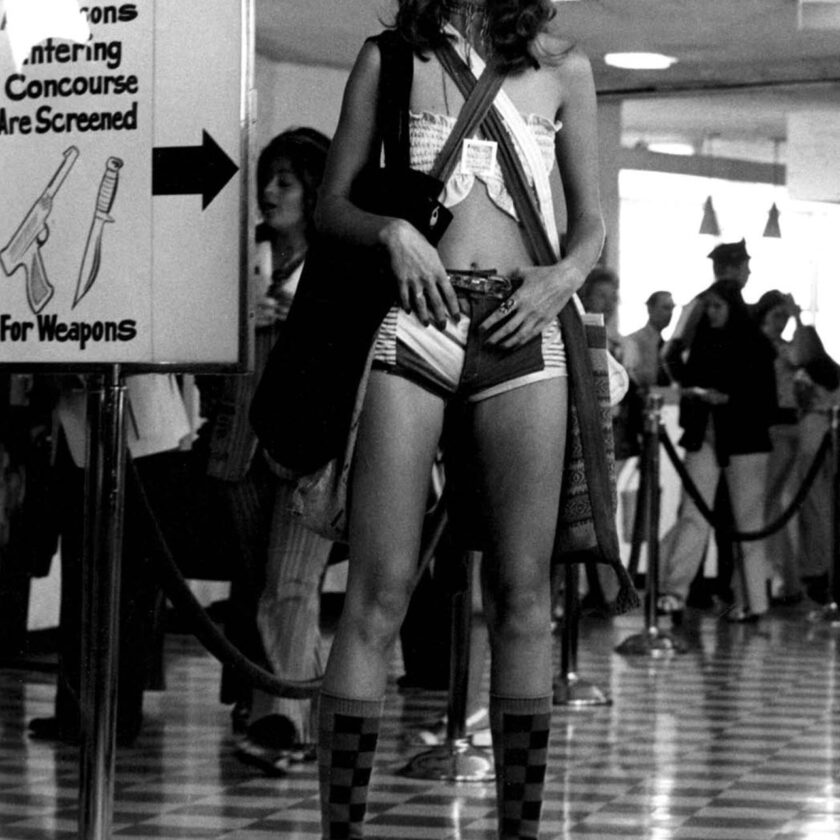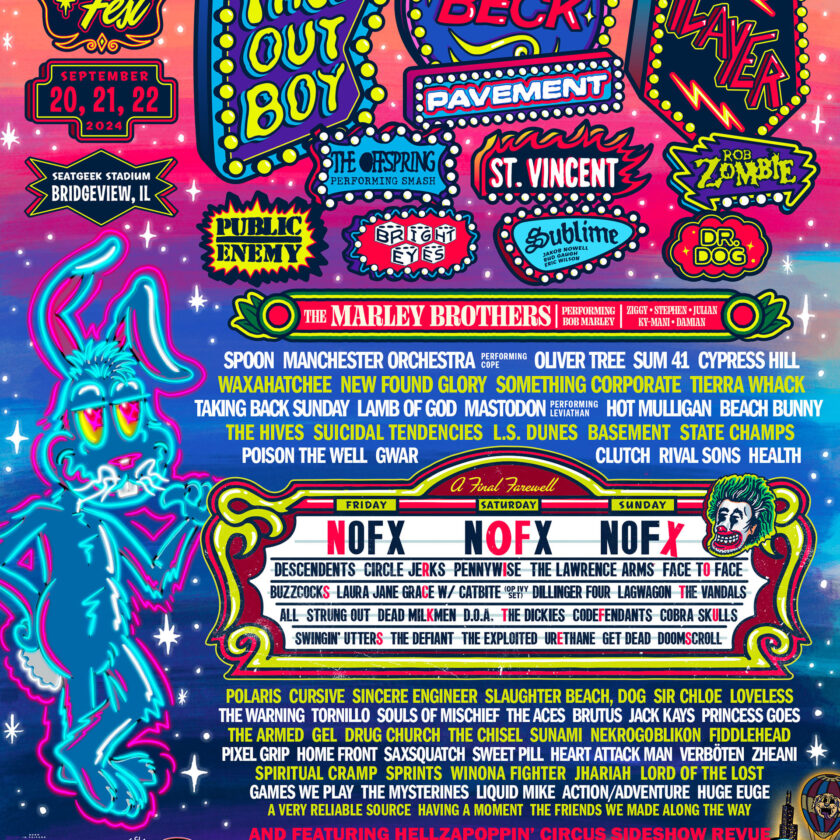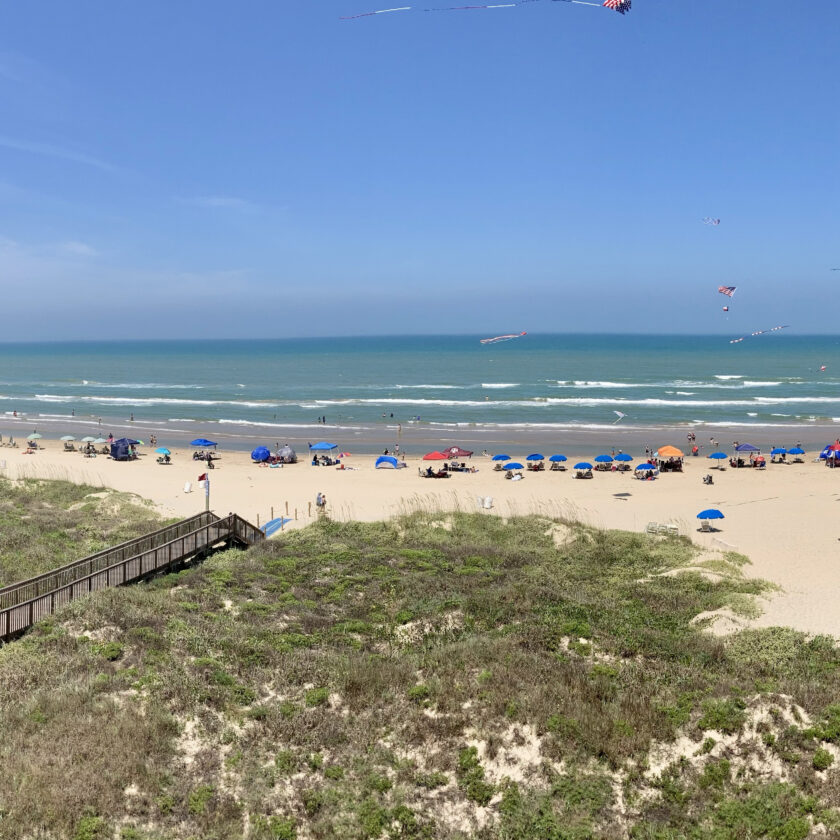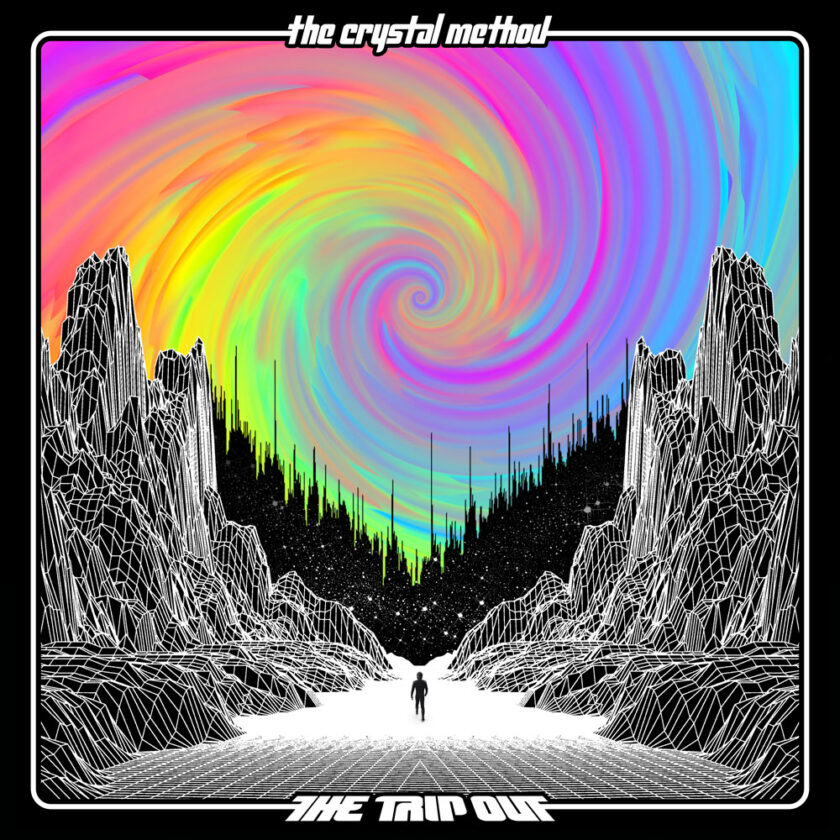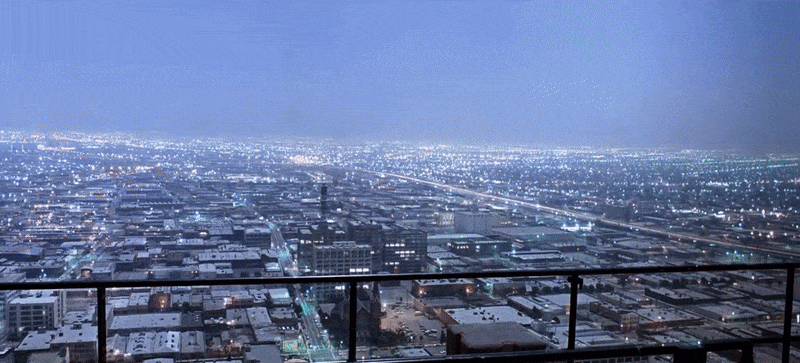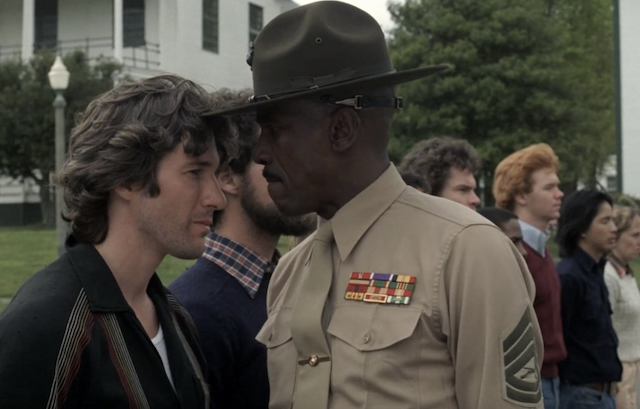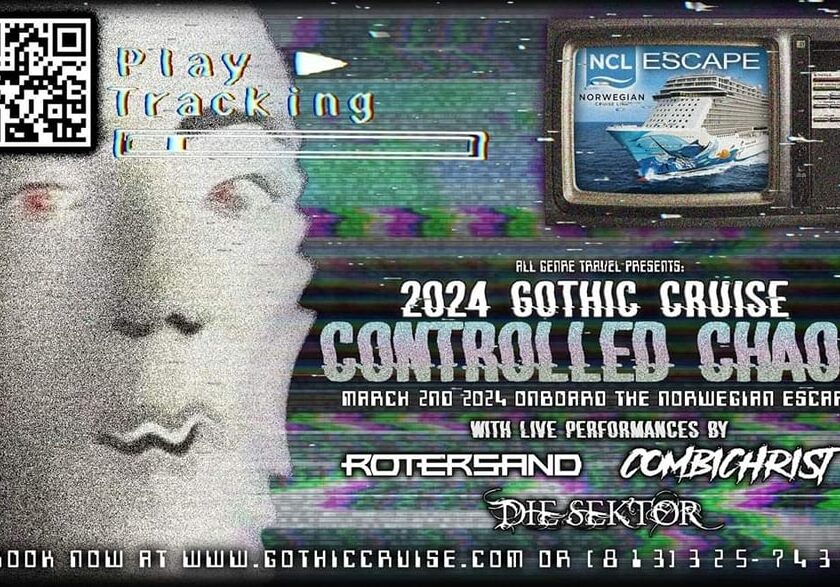Brian Eno.. the epic artist. The philosopher, The sage. The humanist. What a legendary figure for cyberpunks everywhere. . . -Trinity
Dune (1984 soundtrack)
Dune is an original soundtrack album for the 1984 film Dune. Most of the album was composed by the rock band Toto—their first and only film score—but one track was contributed by Brian Eno, Roger Eno and Daniel Lanois. The soundtrack album was first released in November 1984.[3] An extended version with an altered track listing was released in 1997.
Brian Peter George Eno (/ˈiːnoʊ/; born 15 May 1948), also mononymously known as Eno, is an English musician, songwriter, record producer and visual artist. He is best known for his pioneering contributions to ambient music and electronica, and for producing, recording, and writing works in rock and pop music.[1] A self-described “non-musician”, Eno has helped introduce unconventional concepts and approaches to contemporary music.[1][2] He has been described as one of popular music’s most influential and innovative figures.[1][3] In 2019, he was inducted into the Rock and Roll Hall of Fame as a member of Roxy Music.[4]
Born in Suffolk, Eno studied painting and experimental music at the art school of Ipswich Civic College in the mid-1960s, and then at Winchester School of Art. He joined the glam rock group Roxy Music as its synthesiser player in 1971 and recorded two albums with them before departing in 1973. He then released a number of solo pop albums, beginning with Here Come the Warm Jets (1974), and explored minimal music with the influential recordings Discreet Music (1975) and Ambient 1: Music for Airports (1978), with the latter coining the term “ambient music”.
Alongside his solo work, Eno collaborated frequently with other musicians in the 1970s, including Robert Fripp (as part of the duo Fripp & Eno), Harmonia, Cluster, Harold Budd, David Bowie, and David Byrne. He also established himself as a sought-after producer, working on albums by John Cale, Jon Hassell, Laraaji, Talking Heads, Ultravox, and Devo, as well as the no wave compilation No New York (1978). In subsequent decades, Eno continued to record solo albums, and produce for other artists, most prominently U2, Coldplay and Peter Gabriel, and including Daniel Lanois, Laurie Anderson, Grace Jones, Slowdive, Karl Hyde, James, Kevin Shields, and Damon Albarn.
Dating back to his time as a student, Eno has also worked in other media, including sound installations, film and writing. In the mid-1970s, he co-developed Oblique Strategies, a deck of cards featuring aphorisms intended to spur creative thinking. From the 1970s onwards, his installations have included the sails of the Sydney Opera House in 2009[5] and the Lovell Telescope at Jodrell Bank in 2016. An advocate of a range of humanitarian causes, Eno writes on a variety of subjects and is a founding member of the Long Now Foundation.[6] His modern political activism has also included Gazan tragedy awareness before[7] and during[8] the 2023-24 Gaza–Israel conflict, climate change awareness,[9][10] anti-Toryism,[11] and the freedom and release of Julian Assange.[12]
Ambient 1: Music for Airports is the sixth studio album by Brian Eno. It was released by Polydor Records in 1978. The album consists of four compositions created by layering tape loops of differing lengths. It was the first of four albums released in Eno’s “Ambient” series, a term which he coined to differentiate his experimental and minimalistic approach to composition from “the products of the various purveyors of canned music”. The music was designed to be continuously looped as a sound installation, with the intent of defusing the tense, anxious atmosphere of an airport terminal. To achieve this, Eno sought to create music “as ignorable as it is interesting.” Though it is not the earliest entry in the genre, it was the first album ever to be explicitly created under the label “ambient music.” Tracklist: Side one: 00:00 – 1/1 17:20 – 2/1 Side two: 26:15 – 1/2 38:30 – 2/2 The track labelling references the album’s first release (1978) as an LP, and so the first track means “first track, first side”, and so on. The CD pressing adds 30 seconds of silence after every song, including “2/2”. http://www.brian-eno.net/ © 1978, E.G. | Polydor | PVC © Virgin UK / brianenomusic



